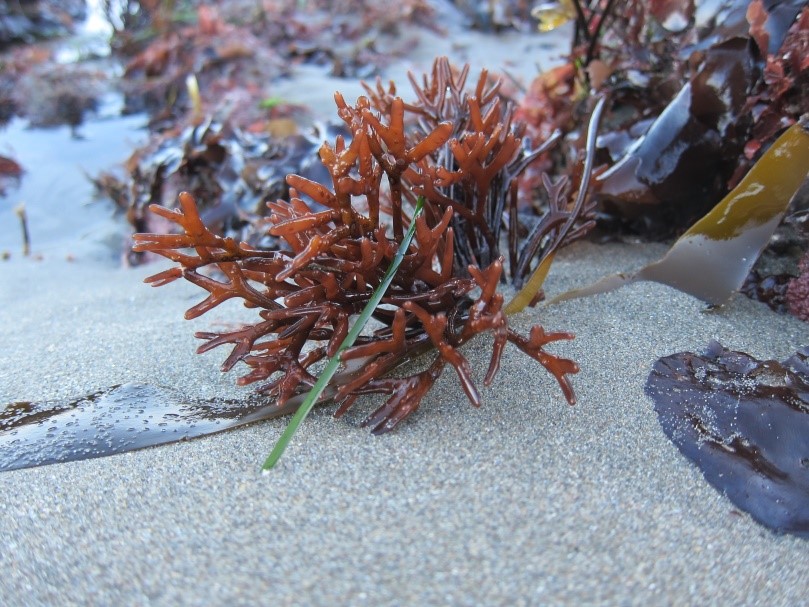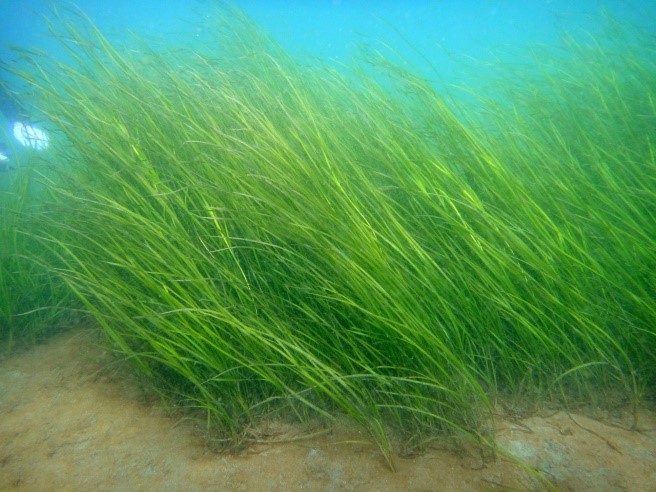Marine botany is the study of aquatic plants and algae that flourish in marine environments, including the Open Ocean, coastal zones, and brackish waters in estuaries. It is imperative for marine students to comprehend marine botany, as it serves as the foundation for investigating the numerous methods by which plants and phytoplankton maintain ocean ecosystems. Not only are these organisms essential for marine life, but they also contribute to the maintenance of global ecological equilibrium.

Figure 1: Marine botany (http://environment.uw.edu/)
Table of Contents
ToggleWhat is the significance of marine botany?
- Primary Producers in the Ocean Food Chain
Primary producers, which are marine vegetation such as algae and sea grasses, are the foundation of the food chain. Through the absorption of carbon dioxide and the use of sunlight, they execute photosynthesis to generate oxygen. This process is essential for the oxygenation of the oceans, which not only supports marine life but also indirectly benefits life on land.
- Establishing a Habitat for Marine Life.
A diverse array of marine organisms relies on marine vegetation and algae to establish their habitats. From small plankton to larger fish, mollusks, and marine mammals, they offer sanctuary, breeding grounds, and food sources.
- Filtration of Water Pollution
Marine vegetation significantly enhances the quality of water. They prevent detrimental algal blooms and enhance the health of aquatic ecosystems by absorbing excess nutrients and pollutants, including organic waste and heavy metals.
- Stabilizing coastal sediments
Seagrasses, in particular, are instrumental in stabilizing sediment on the seafloor. They reduce coastal erosion and preserve the integrity of critical ecosystems such as mangroves and coral reefs by anchoring sediment and mud with their root systems.
- Promoting biodiversity and bioremediation.
The potential for bioremediation is also present in marine plants, which not only support biodiversity by forming complex ecosystems. This suggests that we can use them to clean up polluted areas, especially those impacted by oil spills or an excess of nutrients.
- Superfoods: Algae
Among the phytoplankton known for their health benefits are spirulina and chlorella. The “superfood” market is seeing an increase in the popularity of these nutrient-dense organisms, which are rich in proteins, vitamins, and minerals.
What are seagrasses?
Submerged, fragrant plants known as seagrasses thrive in the shallow waters of estuaries and oceans. In contrast to algae, they possess genuine roots, stems, and foliage. seagrasses are essential to marine ecosystems, as they offer sustenance and shelter to a variety of marine species.
Tropical regions are home to seagrass meadows, but temperate zones also host them, particularly in shallow waters near coral reefs and continental shelves.
Key Characteristics of Seagrass:
- Capability to Adapt to Saline Environments
Unique physiological mechanisms are employed by seagrasses to adapt to the salt content of seawater, thereby enabling them to persist in saline water.
- Growth that is entirely submerged
Seagrasses are distinguished from other marine vegetation in that they are entirely submerged underwater, as opposed to those that may float on the surface or exist partially above the water.
- Resistance to turbulence and wave action
Seagrasses are exceptionally resilient and can endure the physical strain induced by water turbulence and wave action. This enables them to flourish in coastal regions with fluctuating water flow.
- Hydrophilic Pollination
Hygrophilous pollination is the process by which seagrasses reproduce, in which their pollen is transported by water currents to fertilise other plants. Seagrass meadows are capable of dispersing over extensive regions as a result of this reproductive strategy.
- Nutrient Transport System and Roots
Seagrasses possess unique roots that serve to secure them to the substrate, thereby facilitating the absorption of gases and nutrients. They depend on their internal transport system to sustain their growth and survival.
Examples:
Posidonia oceanica
This species is essential for the preservation of biodiversity in the Mediterranean, where it is prevalent. It contributes to the stabilization of sediments and serves as a habitat for a variety of marine species.
Zostera marina (eelgrass)
Dense underwater meadows are formed by eelgrass, which is widely distributed in temperate regions. These meadows are crucial for water filtration and provide a habitat for marine life.
 Figure 2: Zostera marina (eelgrass)
Figure 2: Zostera marina (eelgrass)
Enhalus acoroides
Located in tropical regions, this seagrass species is essential for the health of marine ecosystems, with a particular emphasis on coral reef and mangrove environments.
What is the location of seagrass growth?
Seagrasses are typically discovered in sandy, littoral regions of the ocean floor. They flourish in areas with placid waters, including lagoons, estuaries, and coral reefs. In addition to safeguarding coastlines by reducing erosion and fostering sediment stability, seagrass meadows also serve as a critical habitat for marine life.
What is the significance of seagrasses in the context of coastal protection?
Seagrasses are essential for the preservation of coastlines, as they stabilize the sediment through the use of their root systems. This mitigates erosion that is induced by currents and waves. Furthermore, seagrass meadows function as natural buffers, absorbing wave energy and safeguarding coastal regions from storm surges. In addition to enhancing water clarity and quality, the dense vegetation of these regions also serves to capture sediments and pollutants.
In what ways do algae and marine vegetation contribute to the global oxygen supply?
Through photosynthesis, algae and marine plants, including phytoplankton, kelp, and sea grasses, generate approximately 50-70% of the planet’s oxygen concentration. These organisms substantially contribute to the planet’s oxygen cycle by absorbing carbon dioxide and releasing oxygen. Phytoplankton, in particular, is a highly efficient microscopic oxygen producer that serves as the foundation of marine food webs.
What are the potential advantages of researching marine plants in terms of human health and environmental conservation?
There are numerous advantages to studying marine plants:
- Environmental Conservation: Marine plants can be used as carbon sinks to mitigate climate change by storing significant quantities of carbon dioxide in their biomass and surrounding sediments. The restoration of habitats such as seagrass meadows and mangroves, which are essential for biodiversity, is facilitated by an understanding of their ecosystems.
- Human Health: Marine plants are a source of bioactive compounds used in medicine, including antioxidants, antibiotics, and anti-inflammatory agents. For example, algae are investigated for their potential to treat diseases such as cancer and create sustainable biofuels.
The Significance of Marine Botany preserving the health of our oceans necessitates an understanding of marine botany and sea vegetation. These plants are essential to marine ecosystems, as they safeguard coastal areas from erosion and provide oxygen and sustenance. They serve as the bedrock of numerous marine habitats, providing sustenance for a wide variety of organisms, including large marine mammals and microscopic microalgae. The examination of these organisms enables us to more fully appreciate and safeguard our oceans, thereby guaranteeing their sustainability and vibrancy for future generations.





